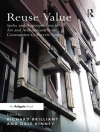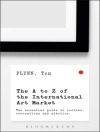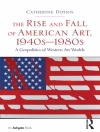The complex stance toward modernity taken by 1920s avant-garde cinema, as exemplified by five major films. In the 1920s, the European avant-garde embraced the cinema, experimenting with the medium in radical ways. Painters including Hans Richter and Fernand Leger as well as filmmakers belonging to such avant-garde movements as Dada and surrealism made some of the most enduring and fascinating films in the history of cinema. In The Filming of Modern Life, Malcolm Turvey examines five films from the avant-garde canon and the complex, sometimes contradictory, attitudes toward modernity they express: Rhythm 21 (Hans Richter, 1921), Ballet mecanique (Dudley Murphy and Fernand Leger, 1924), Entr’acte (Francis Picabia and Rene Clair, 1924), Un chien Andalou (Salvador Dali and Luis Bunuel, 1929), and Man with a Movie Camera (Dziga Vertov, 1929). All exemplify major trends within European avant-garde cinema of the time, from abstract animation to "cinema pur." All five films embrace and resist, in their own ways, different aspects of modernity.
Malcolm Turvey
Filming of Modern Life [PDF ebook]
European Avant-Garde Film of the 1920s
Filming of Modern Life [PDF ebook]
European Avant-Garde Film of the 1920s
قم بشراء هذا الكتاب الإلكتروني واحصل على كتاب آخر مجانًا!
لغة الإنجليزية ● شكل PDF ● صفحات 232 ● ISBN 9780262295307 ● الناشر The MIT Press ● نشرت 2011 ● للتحميل 3 مرات ● دقة EUR ● هوية شخصية 7973149 ● حماية النسخ Adobe DRM
يتطلب قارئ الكتاب الاليكتروني قادرة DRM












